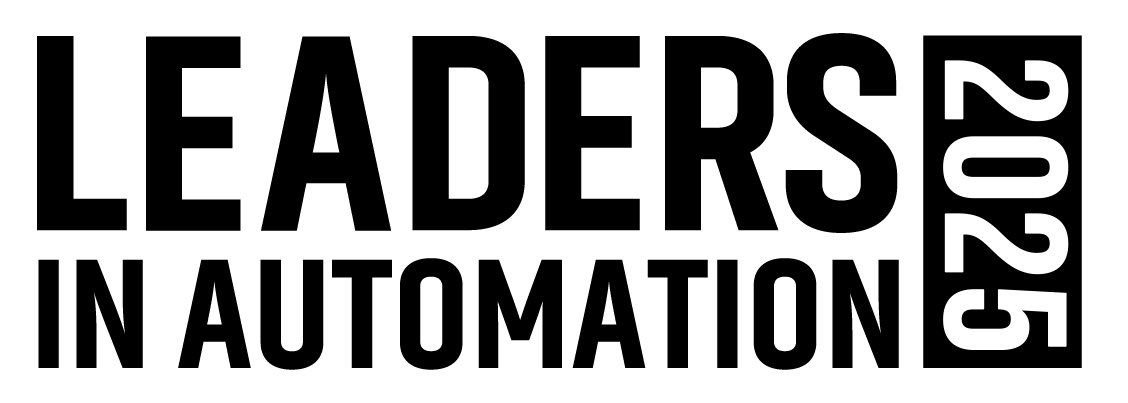• Google glasses made their first interpack appearance. No claims were being made about readiness for implementation, but process supplier AZO and technology supplier Beckhoff were able to demonstrate the concept of how these glasses could be used for production monitoring and as an HMI to actually interact with the manufacturing process. One application talked about was using the Google glasses to download maintenance information in a hands-free way to a technician. A step in that direction is the use of QR codes that can be scanned with a technician's smart phone or tablet, resulting in a download of technical details.
• The number of robots at interpack has continued to grow. So has the use of purpose-built integrated robots, where instead of interfacing a robot from, say, Fanuc or ABB or Motoman, a machine builder designs and builds the mechanical mechanisms himself and implements kinematics software supplied by a controls vendor. The robot is no longer something that has to be supplied by a third party. Says Campbell: "My observation at this interpack was that there were about the same number of purpose-built robotic arms on display as there were integrated robotic arms. By next interpack, I would expect the integrated model to be the predominant one. While on the topic of robotics, I was surprised that I didn't find any collaborative robotics on the floor, with the exception of a university project on display in the VDMA booth. Collaborative robots are designed to work alongside people and may be deployed without guards or protective barriers around them."
• An emerging technology that can have a huge impact on reducing packaging machine footprint is the recycling linear servo motor with independently controlled movers. These were on display at Rockwell Automation and at Beckhoff. In one case the claim was that 10 feet had been removed from a flow wrapper infeed by taking advantage of the continuously variable pitch of the virtual lug chain that these systems can have. Another example was a side-load cartoner, where the reduction in size of the machine was obvious. Campbell emphasizes that these linear motors are not simply an evolution of motors used for material handling or tertiary packaging. These are a disruptive technology for primary and secondary packaging.
About the Author
Pat Reynolds
VP Editor Emeritus

Leaders relevant to this article: